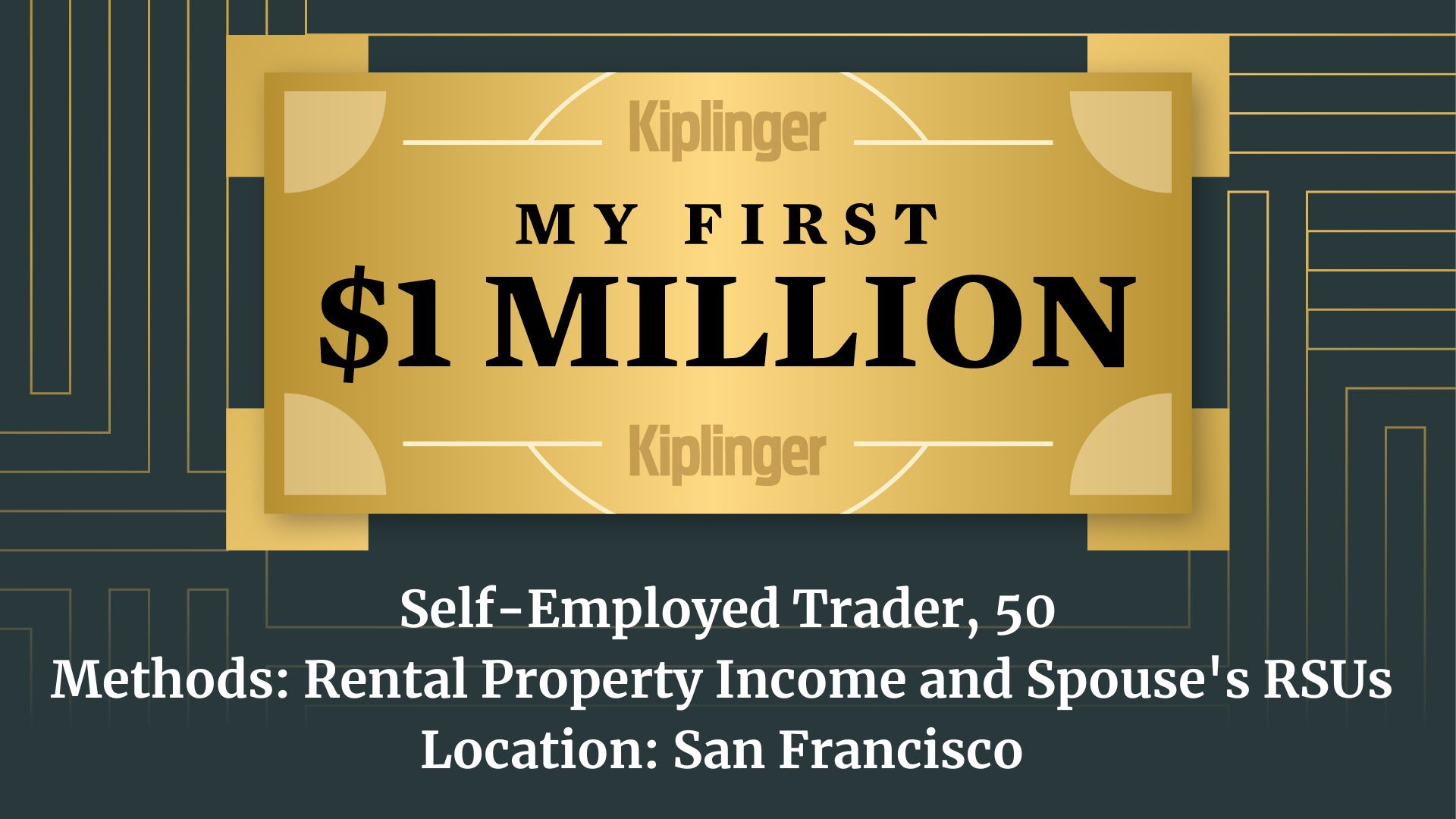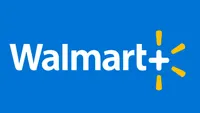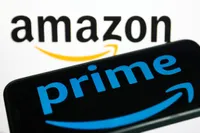How Much Will Gas Prices Go Up After Iran Conflict?
Oil prices jumped after the US strikes on Iran. Should drivers expect prices at the pump to jump, too?


On Saturday night, the United States dropped bombs on three nuclear sites in Iran. By this morning, West Texas Intermediate (WTI) crude oil had jumped to over $73 per barrel, sparking concerns that the intensifying conflict in the Middle East could send prices above $100 per barrel. But how exactly would that energy outlook impact gas prices for drivers in the United States?
It’s complicated, but the short answer is you should brace for a slow but steady rise in gas prices over the summer, with some risk of sudden spikes depending on how Iran responds to the recent attacks from Israel and the United States.
Here’s what you need to know as you budget for this summer, plus some gas saving tips to help you keep costs down no matter what happens in the months ahead.
From just $107.88 $24.99 for Kiplinger Personal Finance
Become a smarter, better informed investor. Subscribe from just $107.88 $24.99, plus get up to 4 Special Issues

Sign up for Kiplinger’s Free Newsletters
Profit and prosper with the best of expert advice on investing, taxes, retirement, personal finance and more - straight to your e-mail.
Profit and prosper with the best of expert advice - straight to your e-mail.
Gas prices are on the rise this summer

The national average gas price in the United States is $3.22 per gallon, according to the AAA. That’s up about eight cents over last week, but still about 22 cents lower than where it was this same day last year. While what you pay at the pump tends to rise every summer, that effect has been somewhat muted this year because supply currently outweighs demand.
But, between summer travel driving increased demand and the potential for the conflict with Iran to push oil prices higher, some forecasts expect gas prices to rise between seven and 15 cents per gallon this week.
Depending on how Iran responds to this weekend’s attack by the United States, drivers could see an even more painful price hike at the pump. The main concern is whether or not Iran chooses to close the Strait of Hormuz, a narrow waterway that about 20% of the global oil supply must pass through on its way to being exported to countries around the world.
The Iranian parliament has already approved plans to close the key shipping lane, but, according to reporting by Al Jazeera, the bill calling for its closure has not yet been ratified. If it does move ahead with the plan, closing the Strait of Hormuz could push crude oil prices above $100 per barrel – and the longer it remains closed, the longer those prices could remain elevated.
According to the U.S. Energy Information Administration, the price of crude oil accounts for over half the price you pay at the pump. So, oil prices jumping from around $60 to over $100 per barrel would result in a dramatic increase in gas prices as well. But that price increase would only last as long as oil prices remain elevated.
Tips for keeping costs at the pump down
Even without any response at all from Iran, gas prices are still likely to rise slowly but steadily over the rest of the summer, as typical seasonal trends in demand drive prices up.
Your best bet as a consumer is to take advantage of as many discounts as you can to keep the price you pay at the pump as low as possible, regardless of how geopolitical events unfold.
One of the best ways to keep prices down is to take advantage of a shopping membership that offers gas discounts to help you save on gas. Warehouse clubs like Costco or Sam’s Club are well-known for offering gas that’s typically between five and 25 cents per gallon below the local average.
With Costco, if you combine that Costco membership with the store’s branded cash back credit card, you can earn 5% cash back on Costco gas, helping you save even more at the pump.
Stack Social is offering a Gold Star Membership + $20 Digital Shop Card for the price of a $65 Gold Star membership. It is also offering an Executive Gold Star Membership + $40 Shop Card for the price of a $130 Executive Gold Star membership.
If you don’t live close enough to a Costco or Sam’s Club to make that your primary gas station, Amazon and Walmart both offer gas discount perks as well – giving members 10 cents off per gallon at gas stations in their networks.
Just make sure to do the math on how much any membership you get costs and how much you’d save by joining. If you don’t drive often and don’t have any use for the other perks that the membership offers, it might be cheaper to just pay the higher prices at the pump whenever you do need to fill up. Just use a cash back or travel rewards credit card when you do so you can earn elevated rewards on those higher prices.
A Walmart Plus membership costs $12.95/month or $98/year. But you can try out the membership (and the gas savings) for free for 30 days if you sign up now.
It costs $14.99/month or $139/year to join Amazon Prime. But right now, you can sign up for a free 30-day trial to see if the perks are worth committing to.
Related content
Profit and prosper with the best of Kiplinger's advice on investing, taxes, retirement, personal finance and much more. Delivered daily. Enter your email in the box and click Sign Me Up.

Rachael Green is a personal finance eCommerce writer specializing in insurance, travel, and credit cards. Before joining Kiplinger in 2025, she wrote blogs and whitepapers for financial advisors and reported on everything from the latest business news and investing trends to the best shopping deals. Her bylines have appeared in Benzinga, CBS News, Travel + Leisure, Bustle, and numerous other publications. A former digital nomad, Rachael lived in Lund, Vienna, and New York before settling down in Atlanta. She’s eager to share her tips for finding the best travel deals and navigating the logistics of managing money while living abroad. When she’s not researching the latest insurance trends or sharing the best credit card reward hacks, Rachael can be found traveling or working in her garden.
-
 5 Types of Gifts the IRS Won’t Tax: Even If They’re Big
5 Types of Gifts the IRS Won’t Tax: Even If They’re BigGift Tax Several categories of gifts don’t count toward annual gift tax limits. Here's what you need to know.
-
 The 'Scrooge' Strategy: How to Turn Your Old Junk Into a Tax Deduction
The 'Scrooge' Strategy: How to Turn Your Old Junk Into a Tax DeductionTax Deductions We break down the IRS rules for non-cash charitable contributions. Plus, here's a handy checklist before you donate to charity this year.
-
 IRS Says You Made a Tax Return Mistake? A New Law Could Help You Fight Back
IRS Says You Made a Tax Return Mistake? A New Law Could Help You Fight BackTax Law Updated taxpayer protections change what the IRS must explain on error notices and how long you have to respond.
-
 The Top 22 Gifts for Grandkids from Walmart in 2025
The Top 22 Gifts for Grandkids from Walmart in 2025From PlayStation to Labubu, you'll find the hottest gifts of 2025 for your grandkids at Walmart this year. Some of them are up to 78% off.
-
 CD vs. Money Market: Where to Put Your Year-End Bonus Now
CD vs. Money Market: Where to Put Your Year-End Bonus NowFalling interest rates have savers wondering where to park cash. Here's how much $10,000 earns in today's best CDs versus leading money market accounts.
-
 Meet the World's Unluckiest — Not to Mention Entitled — Porch Pirate
Meet the World's Unluckiest — Not to Mention Entitled — Porch PirateThis teen swiped a booby-trapped package that showered him with glitter, and then he hurt his wrist while fleeing. This is why no lawyer will represent him.
-
 Smart Business: How Community Engagement Can Help Fuel Growth
Smart Business: How Community Engagement Can Help Fuel GrowthAs a financial professional, you can strengthen your brand while making a difference in your community. See how these pros turned community spirit into growth.
-
 Smart Money Moves Savers Should Make in 2026
Smart Money Moves Savers Should Make in 2026These steps will get you on the road to achieving your 2026 savings goals.
-
 How Much Would a $50,000 HELOC Cost Per Month?
How Much Would a $50,000 HELOC Cost Per Month?Thinking about tapping your home’s equity? Here’s what a $50,000 HELOC might cost you each month based on current rates.
-
 My First $1 Million: Self-Employed Trader, 50, San Francisco
My First $1 Million: Self-Employed Trader, 50, San FranciscoEver wonder how someone who's made a million dollars or more did it? Kiplinger's My First $1 Million series uncovers the answers.
-
 Waiting for Retirement to Give to Charity? Here Are 3 Reasons to Do It Now, From a Financial Planner
Waiting for Retirement to Give to Charity? Here Are 3 Reasons to Do It Now, From a Financial PlannerYou could wait until retirement, but making charitable giving part of your financial plan now could be far more beneficial for you and the causes you support.


